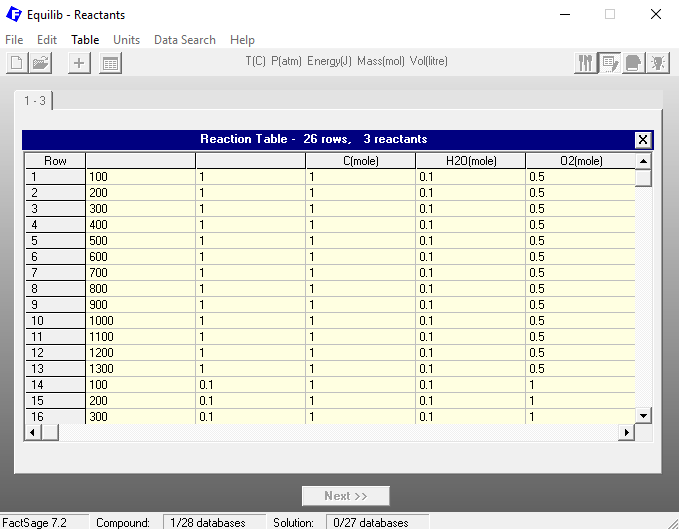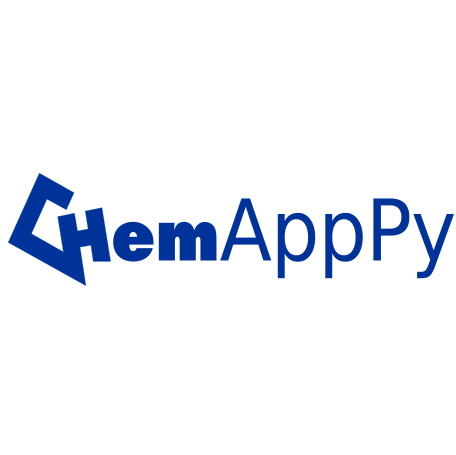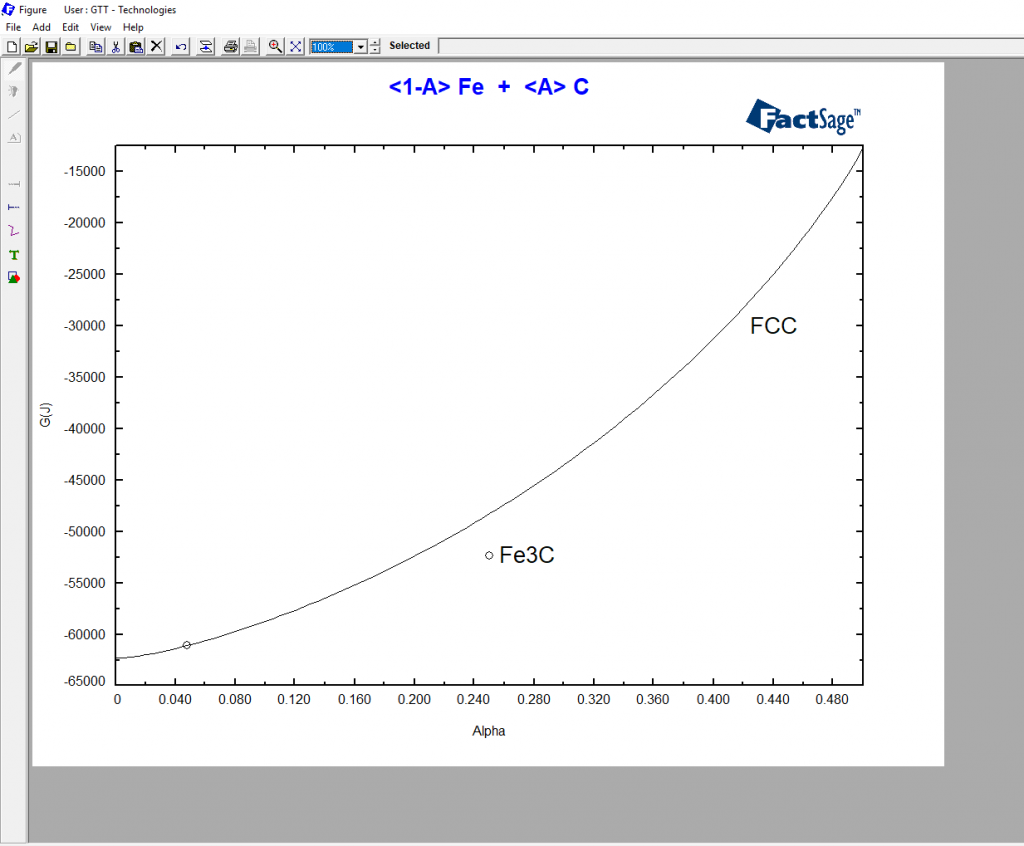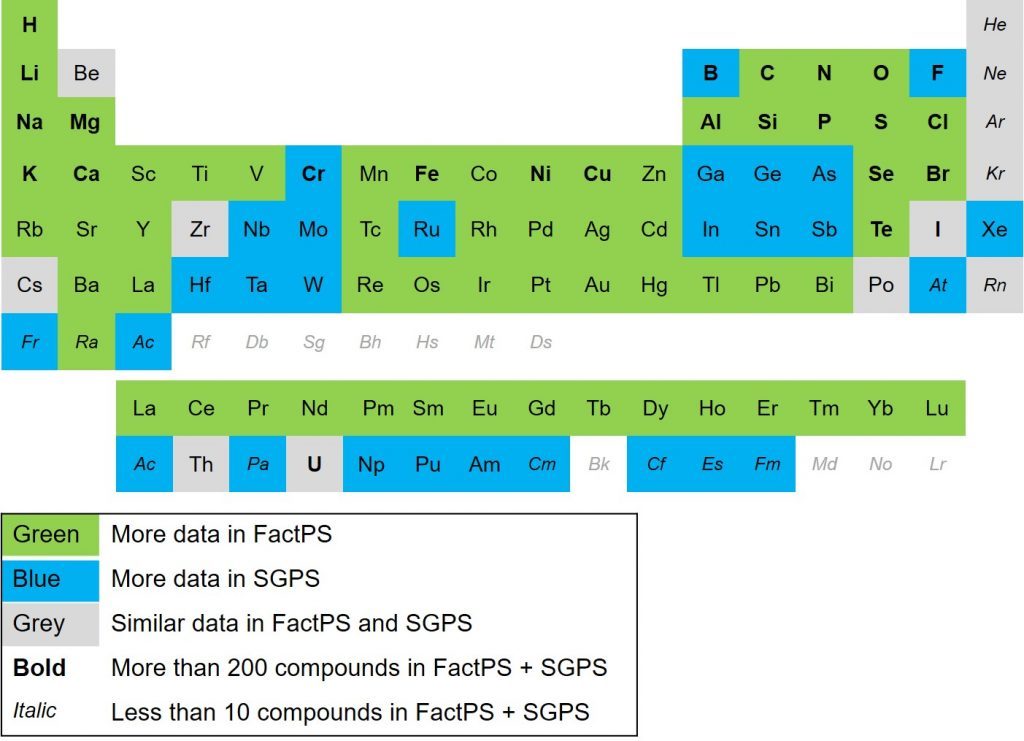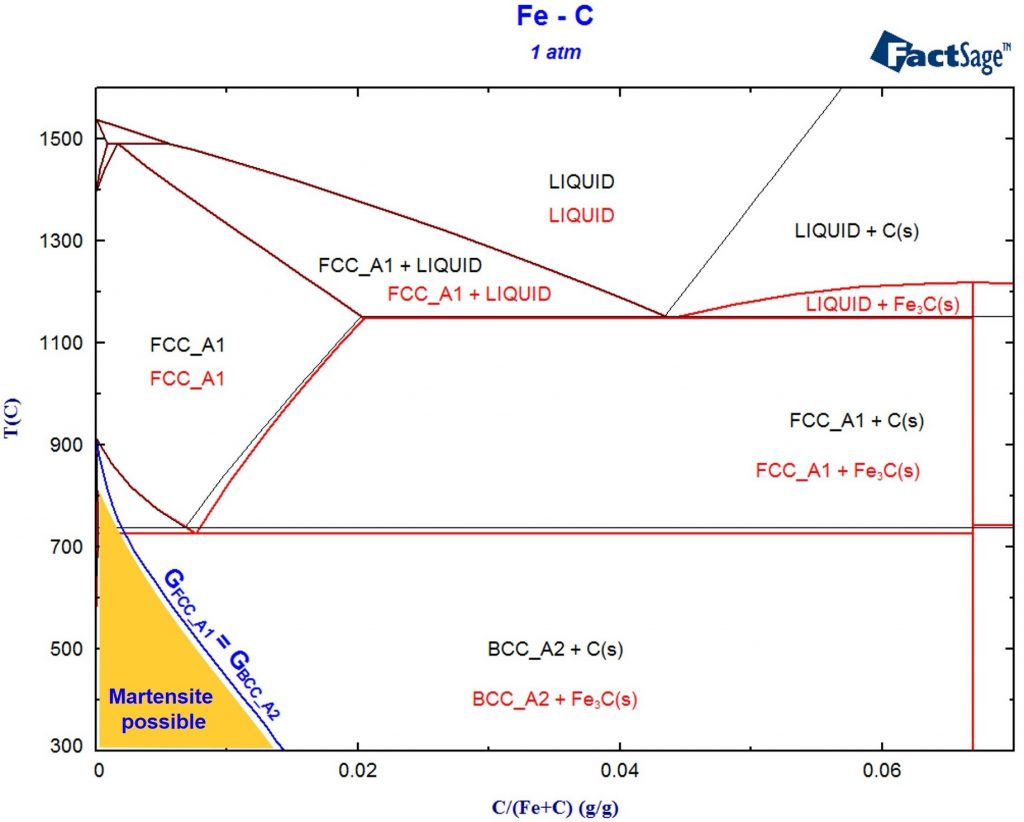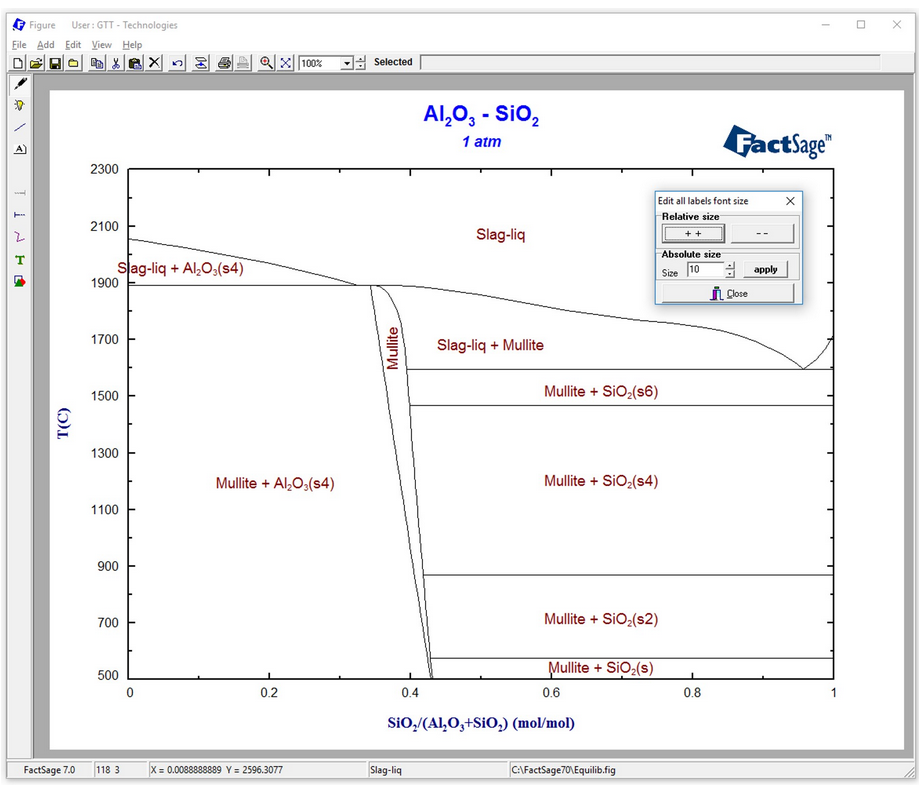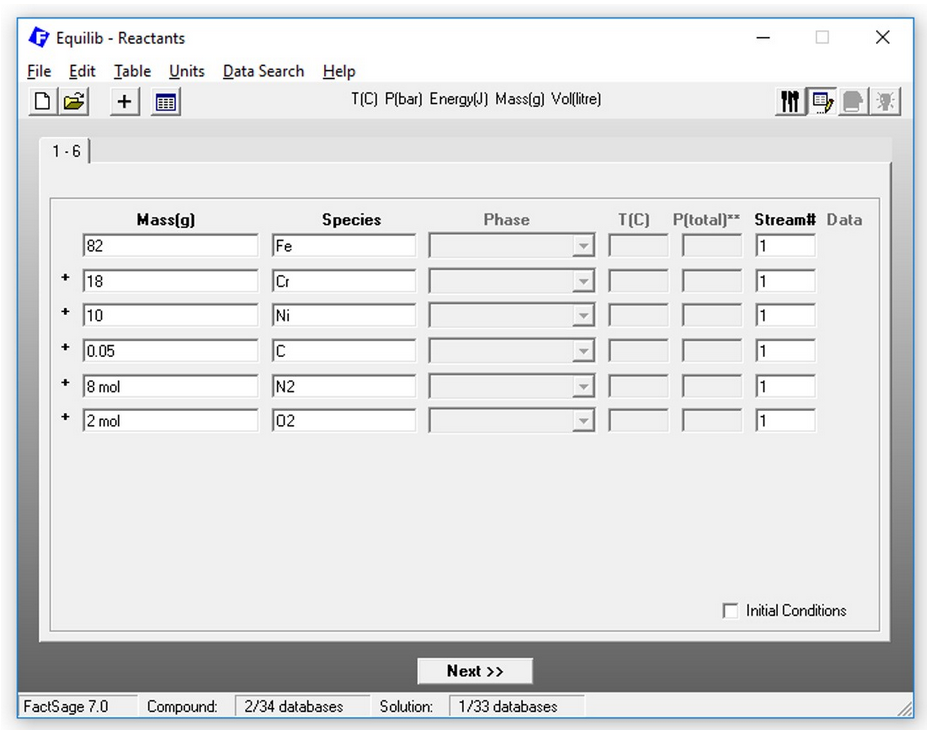TMS 2019
GTT was represented at the TMS 2019! The TMS (https://www.tms.org/TMS2019) is a huge annual conference, organized by the Minerals, Metals and Materials Society in the United States. This year the conference took place in San Antonio, Texas. Dr. Stephan Petersen gave a presentation at one of the symposia of REWAS 2019, which focuses on Manufacturing […]

